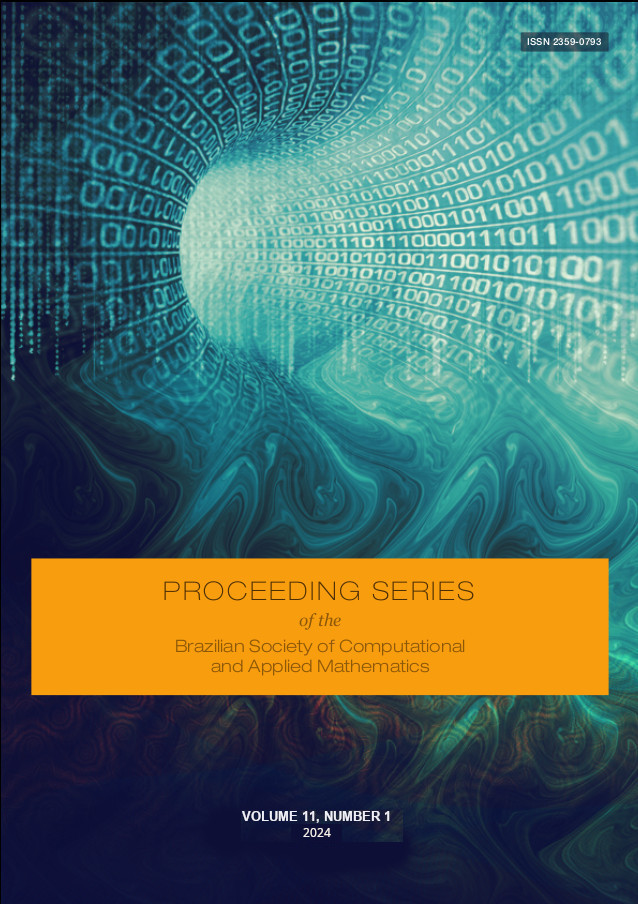CAR-T cell therapy resistance modeling
Palabras clave:
CAR-T cells, immunotherapy, tumor resistance, mathematical modeling, antigen-negative relapseResumen
Last year, Brazil’s Anvisa approved immunotherapy using CAR-T cells, a groundbreaking oncological treatment. It involves extracting T lymphocytes from the patient, genetically modifying them to target the tumor’s specific antigen (Ag), and expanding them in culture. Upon reintroduction into the patient, these cells effectively identify and eliminate cancer cells expressing the target antigen. It shows remarkable and promising outcomes in hematological cancers, often achieving complete remission. However, a significant number of patients encounter relapse within approximately one year post-treatment despite initial success. Relapses in CAR-T cell therapy manifest in two forms: Ag-positive and Ag-negative. Ag-positive relapse indicates persistent target Ag expression in cancer cells, suggesting CAR-T cell dysfunction or inadequate dosage. Conversely, Ag-negative relapse occurs when tumor cells significantly decrease target Ag expression, evading therapy entirely. This may arise from tumor microenvironment heterogeneity, genetic mutations, or temporary antigen loss induced by therapy’s immunological pressure. In this work, we propose an integro-differential equation model that builds upon prior models, aiming to investigate various mechanisms contributing to the occurrence of Ag-negative relapse.
Descargas
Citas
F. Courchamp, L. Berec, and J. Gascoigne. Allee Effects in Ecology and Conservation. Oxford University Press, 2008.
J. Greene. “Mathematical models of tumor heterogeneity and drug resistance”. PhD thesis. University of Maryland, 2015.
E. A. Paixão, L. R. C. Barros, A. C. Fassoni, and R. C. Almeida. “Modeling patient-specific CAR-T cell dynamics: Multiphasic kinetics via phenotypic differentiation”. In: Cancers 14.22 (2022), p. 5576. doi: 10.3390/cancers14225576.
M. Ruella, F. Korell, P. Porazzi, and M. V. Maus. “Mechanisms of resistance to chimeric antigen receptor-T cells in haematological Malignancies”. In: Nature Reviews Drug Discovery 22.12 (2023), pp. 976–995. doi: 10.1038/s41573-023-00807-1.
D. S. Santurio, E. A. Paixão, L. R. C. Barros, R. C. Almeida, and A. C. Fassoni. “Mechanisms of resistance to CAR-T cell immunotherapy: Insights from a mathematical model”. In: Applied Mathematical Modelling 125 (2024), pp. 1–15. doi: 10.1016/j.apm.2023.08.029.

